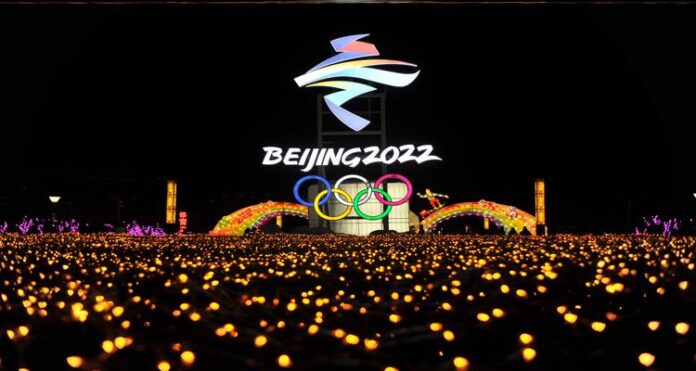| Translate This News In |
|---|
The thunderous sound of the snow machines preparing the Olympic site’s northwest of Beijing would make it difficult to converse. They’re loud and ubiquitous, blowing snow across what will be the most-watched slopes this month.
It’s nearly gorgeous, except for the fact that the venues are surrounded by an unending brown, parched landscape bereft of snow.
Climate variability has led the Winter Games to be almost entirely dependent on artificial snow, an Olympic first, but not one to brag about. This is part of a trend that is occurring at winter sports sites across the world.
A recent analysis indicated that if fossil fuel emissions continue unabated, just one of the 21 cities that have hosted the Winter Olympics in the last 50 years would have a climate appropriate for winter sports by the end of the century.
Natural snow is becoming less trustworthy for winter sports as the earth warms and the weather gets more irregular, forcing venues to rely more on artificial snow.
However, it comes at a cost: man-made snow is very resource-intensive, needing vast quantities of energy and water to generate in an ever-warming environment. Elite athletes also claim that when man-made snow is involved, the activities themselves become more difficult and dangerous.
Athletes have also raised reservations about competing at high levels on artificial snow.
Clement Parisse, a bronze medalist in cross-country skiing at the 2018 Pyeongchang Olympics, said that while competing on man-made snow is not unusual, it may turn quite slippery and icy, posing additional problems.
Laura Donaldson, a Scottish freestyle skier who participated in Salt Lake City in 2002, was harshly critical of artificial snow.
“If freestyle super pipes are constructed from snow-making equipment in a bad season, the sides of the pipe are solid, vertical ice, and the pipe bottom is solid ice,” Donaldson told Slippery Slopes researchers. “This is perilous for athletes; some have died as a result.”
The IOC is not alone in facing these difficulties. Artificial snow is being utilized to lengthen ski seasons in competitions and at resorts throughout the world, many of which are endangered by the climate crisis’ rising temperatures.
When Mother Nature does not provide snow, these issues will continue to drive the winter sports sector toward artificial snow.
But the issue remains: simply because we can, do we have to?


















